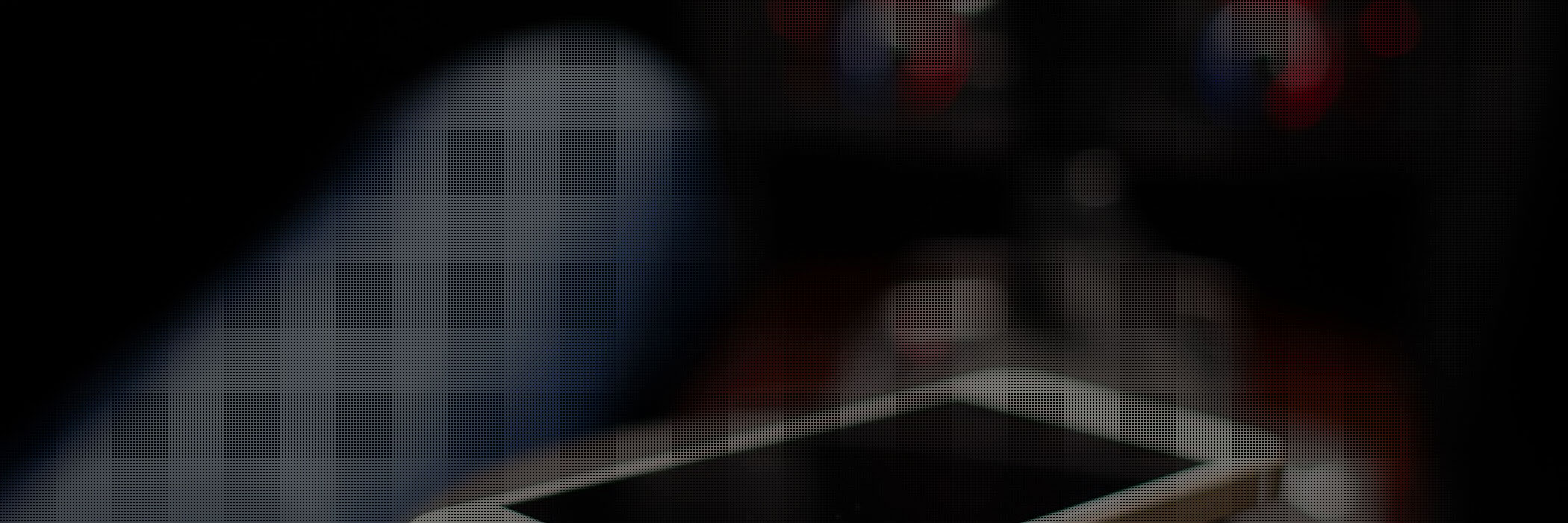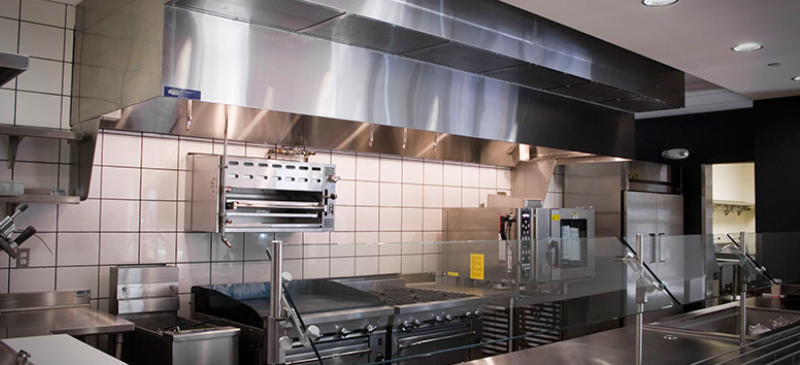Ventilation is one of the most critical aspects of any commercial foodservice business. It impacts utility costs. It leads to how much an operation spends on makeup air. There are governmental regulations involved. And ventilation even has an impact on staff safety and satisfaction.
The reality, though, is ventilation isn't always the first thing on operators' or chefs' minds when it comes to the cooking process, and there can be a lot of unanswered questions as it relates to commercial kitchen ventilation. In this blog, we're going to answer the top ones.
What is a commercial kitchen ventilation restaurant hood?
A commercial kitchen ventilation restaurant hood, or CVK hood, is a unit that's designed to capture and contain heat, steam, exhaust, and other byproducts of the cooking process so they do not enter the entire kitchen or even the dining space.
Are there different types of CKV hoods?
Hoods are divided into two types -- Type I and Type II. A Type I hood can be used to exhaust heat, steam, grease, and all cooking byproducts as just mentioned above. These hoods are much more substantial in nature than Type II hoods, which are used to exhaust heat and steam only. Type II units cannot be used when grease and other effluents are generated during the cooking process and are used for cooking equipment like holding, reheating, baking or enclosed deck ovens that only produce heat or steam.
What certifications should I consider with HVAC and hoods?
ASHRAE 90.1 is the national energy standard for buildings, providing minimum requirements for energy-efficient design in most types of structures. Along with the State of California's Title 24 Energy Code, ASHRAE 90.1 is the standard that mandates Demand Control Kitchen Ventilation or other energy-saving strategies.
UL 300 is a fire testing standard created by Underwriters Laboratories where each model must meet a set of requirements that help protect against kitchen fires. Hoods can be UL certified or ETL certified (Intertek).
Are some kitchen ventilation hoods more efficient than others?
Abosultely. Some are created with designs that allow hoods to operate at lower exhaust air flows, which means less energy consumption and less makeup air. CKV hoods like those from Streivor, who uses a patented SmartAire™ system, can help create savings of up to 40 percent over conventional hood systems, while also meeting California's strict Title 24 standards. Streivor's containment panels can contribute up to a 10 percent reduction in exhaust flow rates, as well.
What is considered energy efficient?
As it relates to CKV hoods, energy efficient units exhaust the lowest amount of exhaust air possible. Using aerodynamic technology that incorporates airstrems into the front lower edge of the hood can effectively capture and contain particles while using 40 percent less energy that models that don't.
High Sabatio is proud to offer these energy saving CKV hoods through our partners at Streivor. They're an industry leader in energy-efficient hood options. From their patented SmartAire™ hood and ExtractAire™ cartridge filtration systems to their patented BalanceAire™ hood dampers and DemandAire™ Demand Air Control System, Streivor is leading the way in a revolution of cutting-edge technology with the purpose of energy conservation and the highest level of exhaust and grease extraction available.









